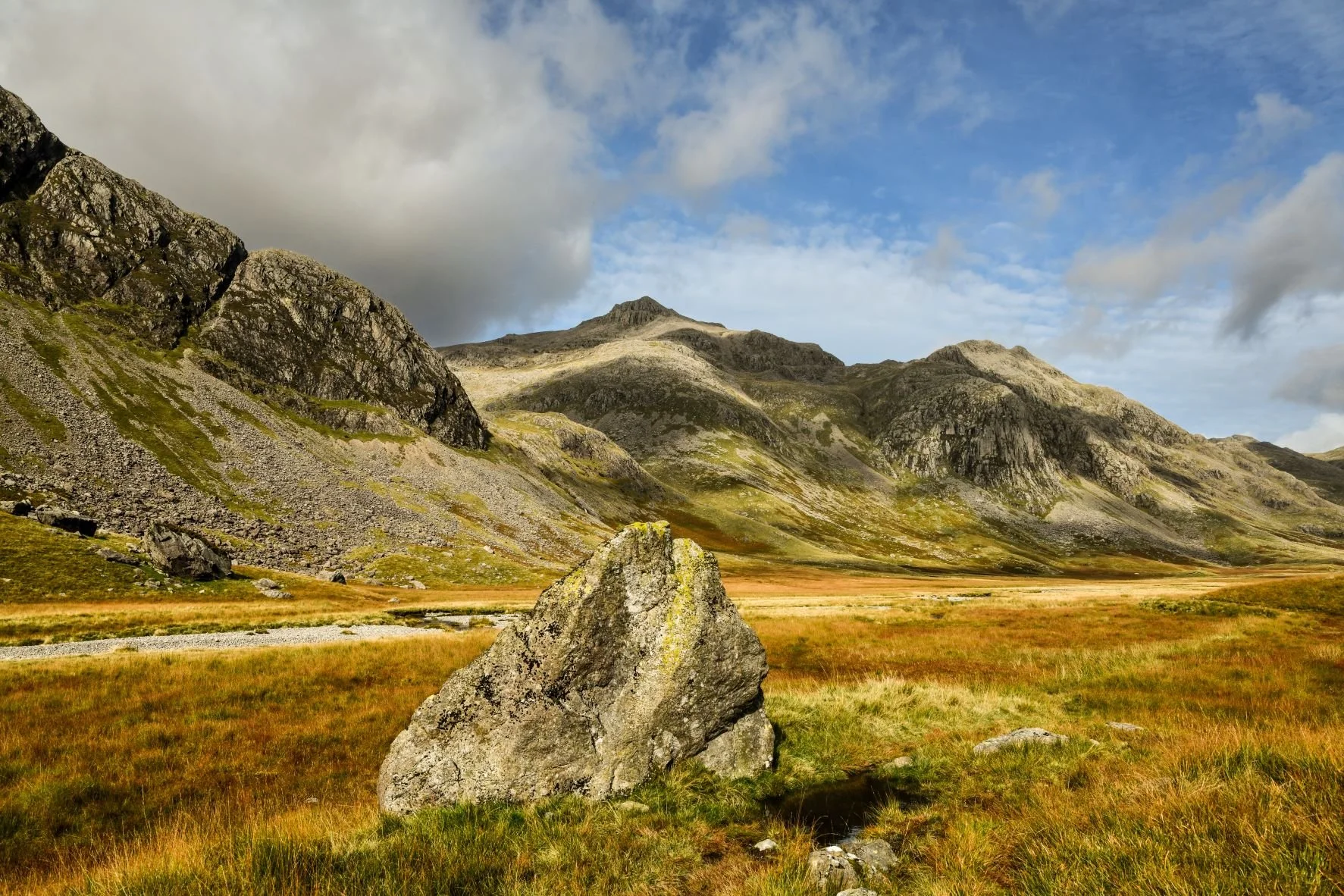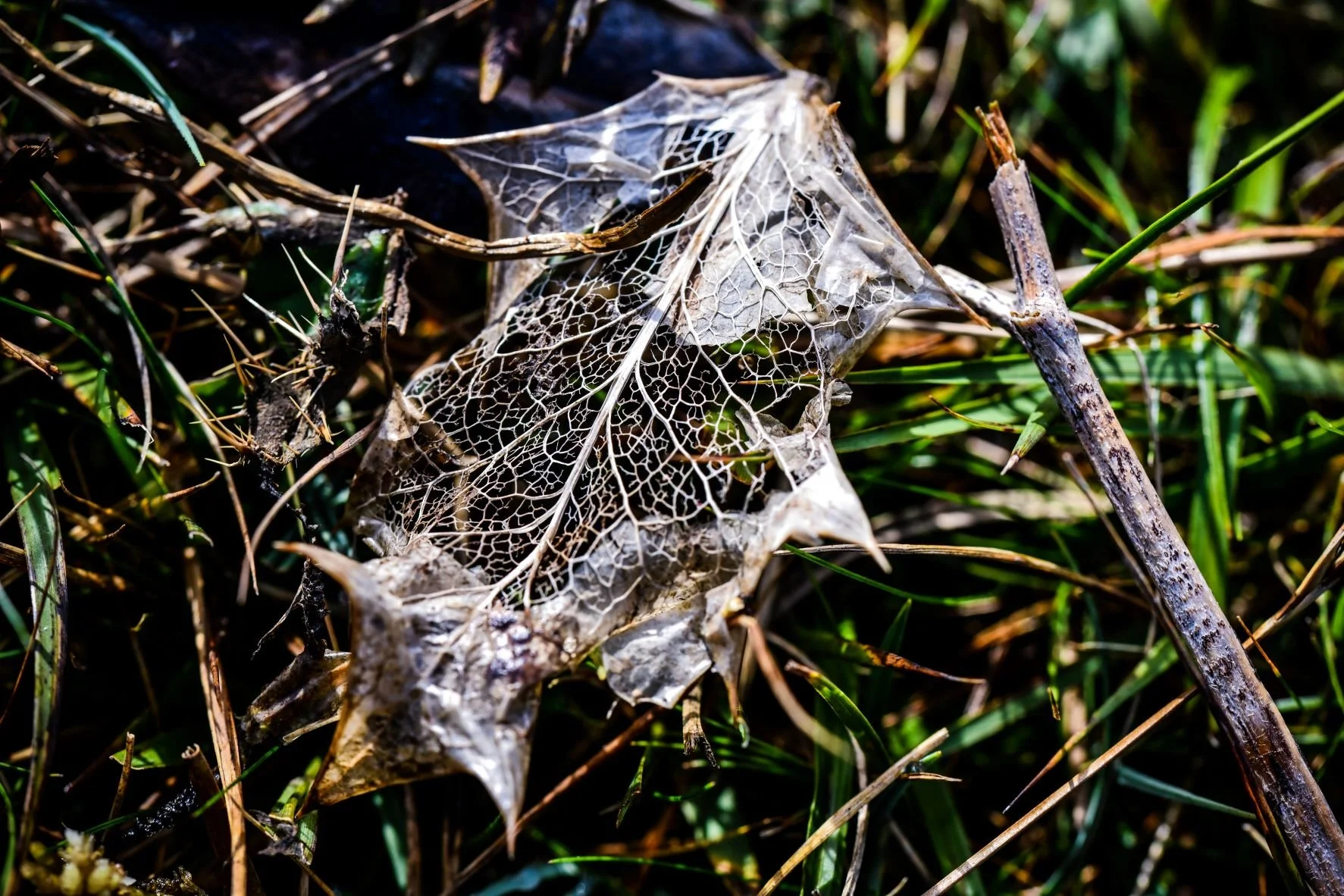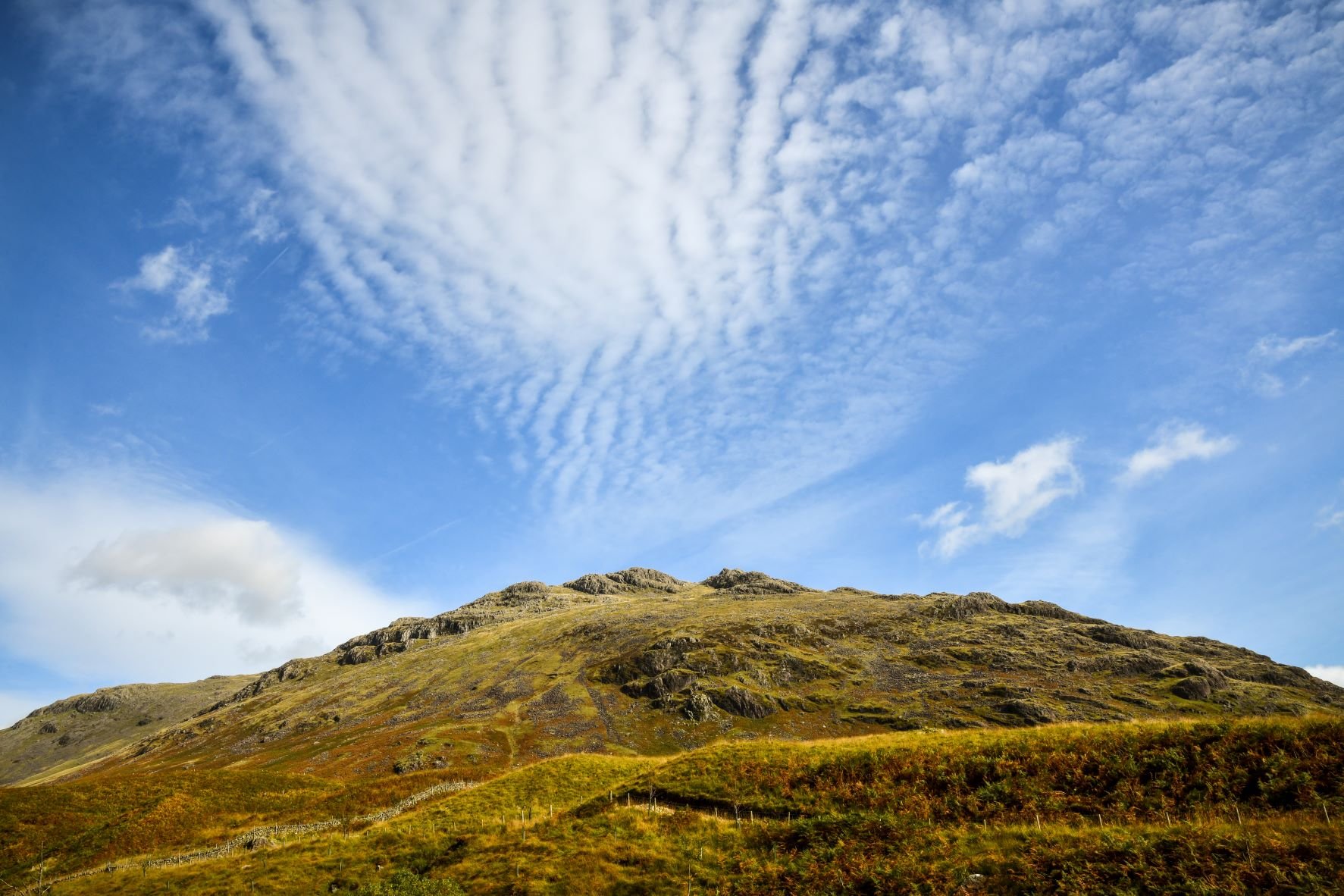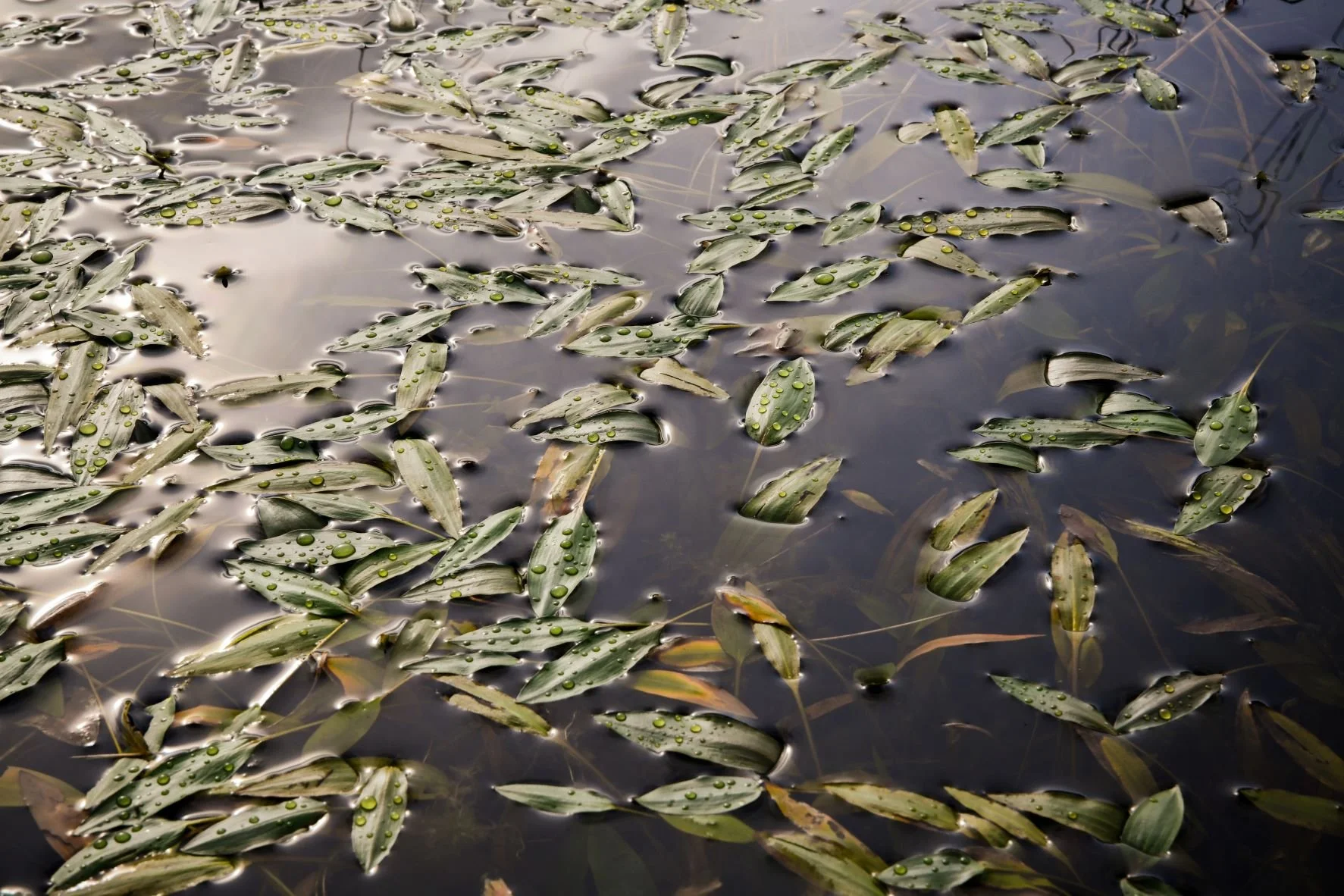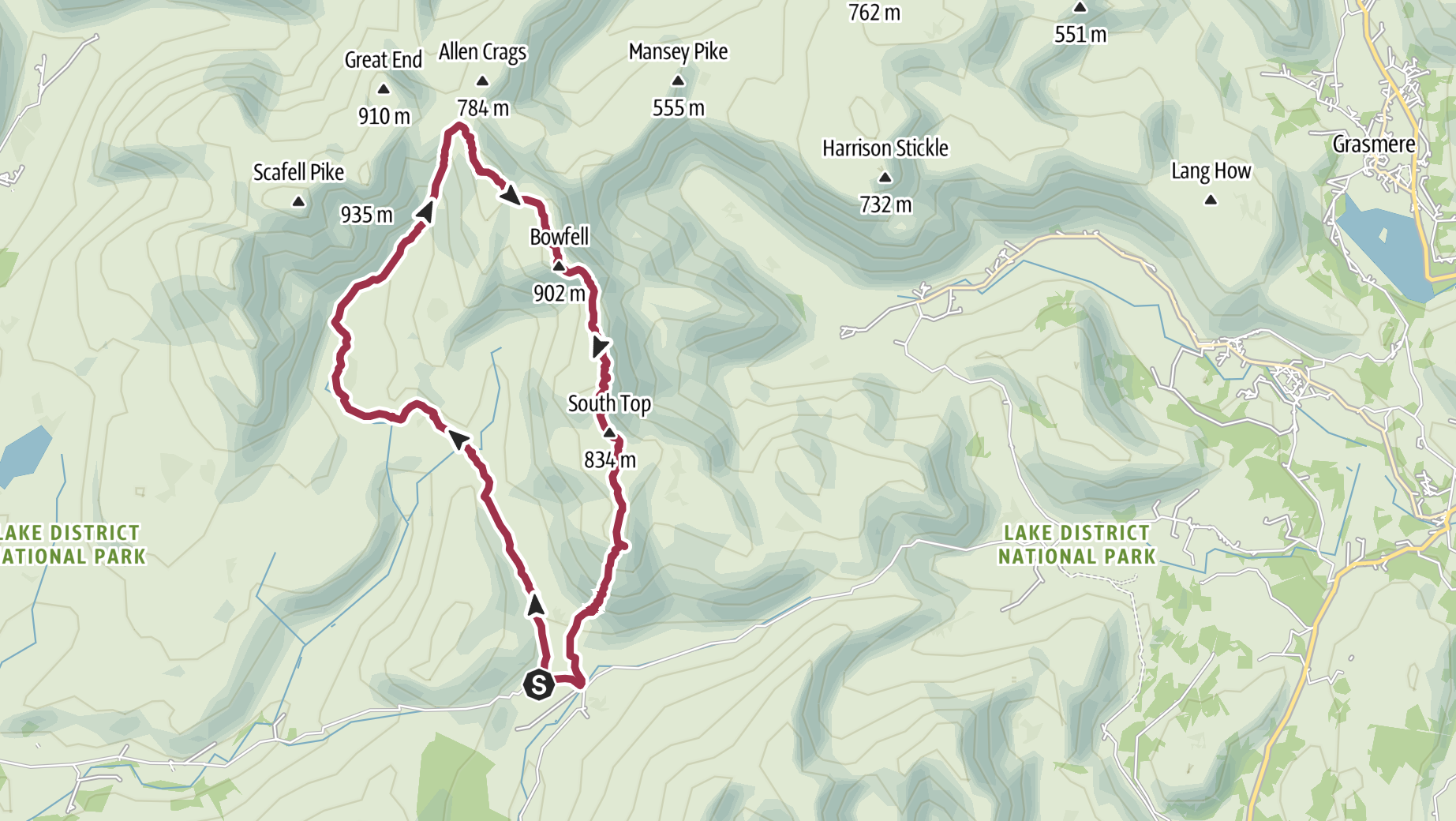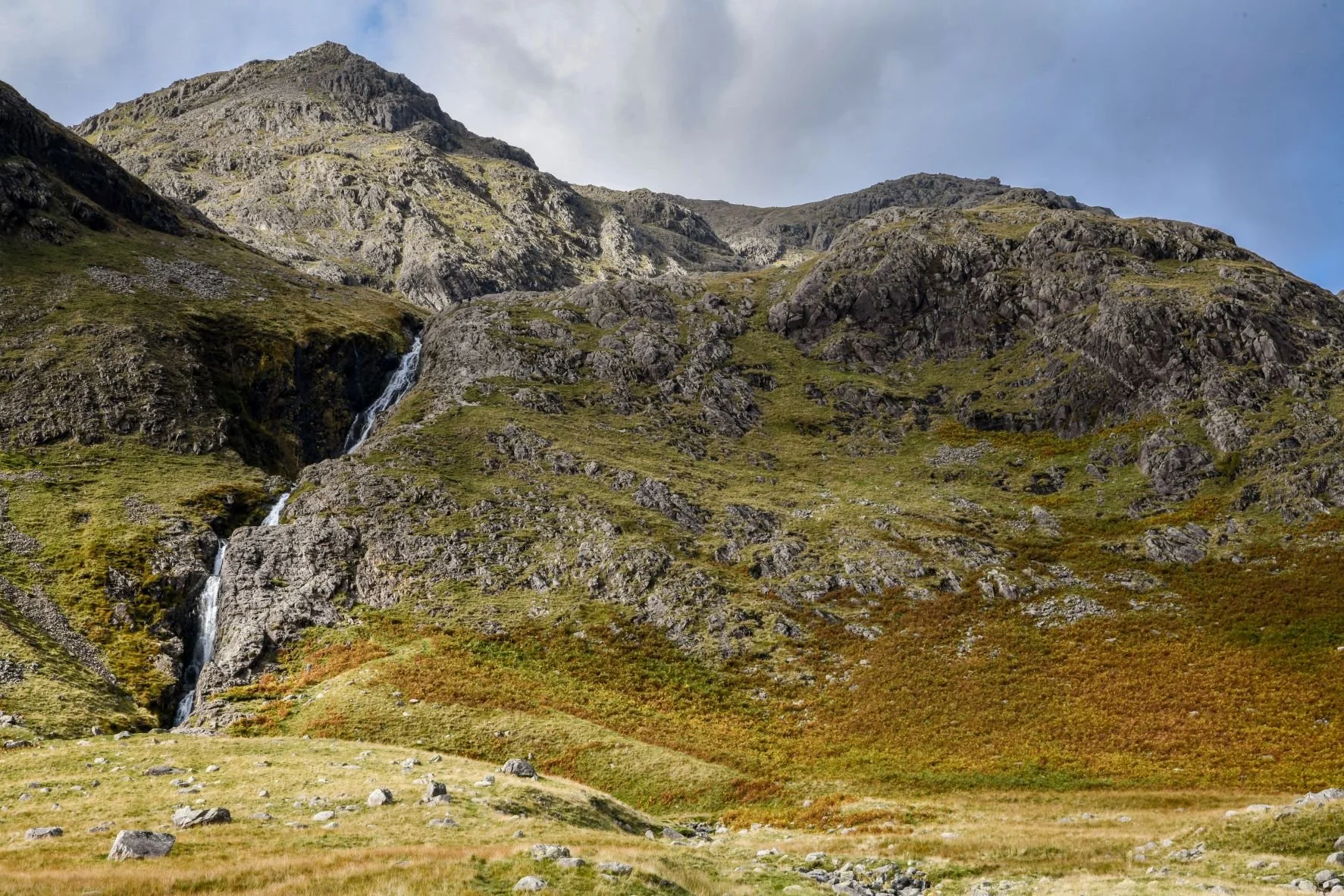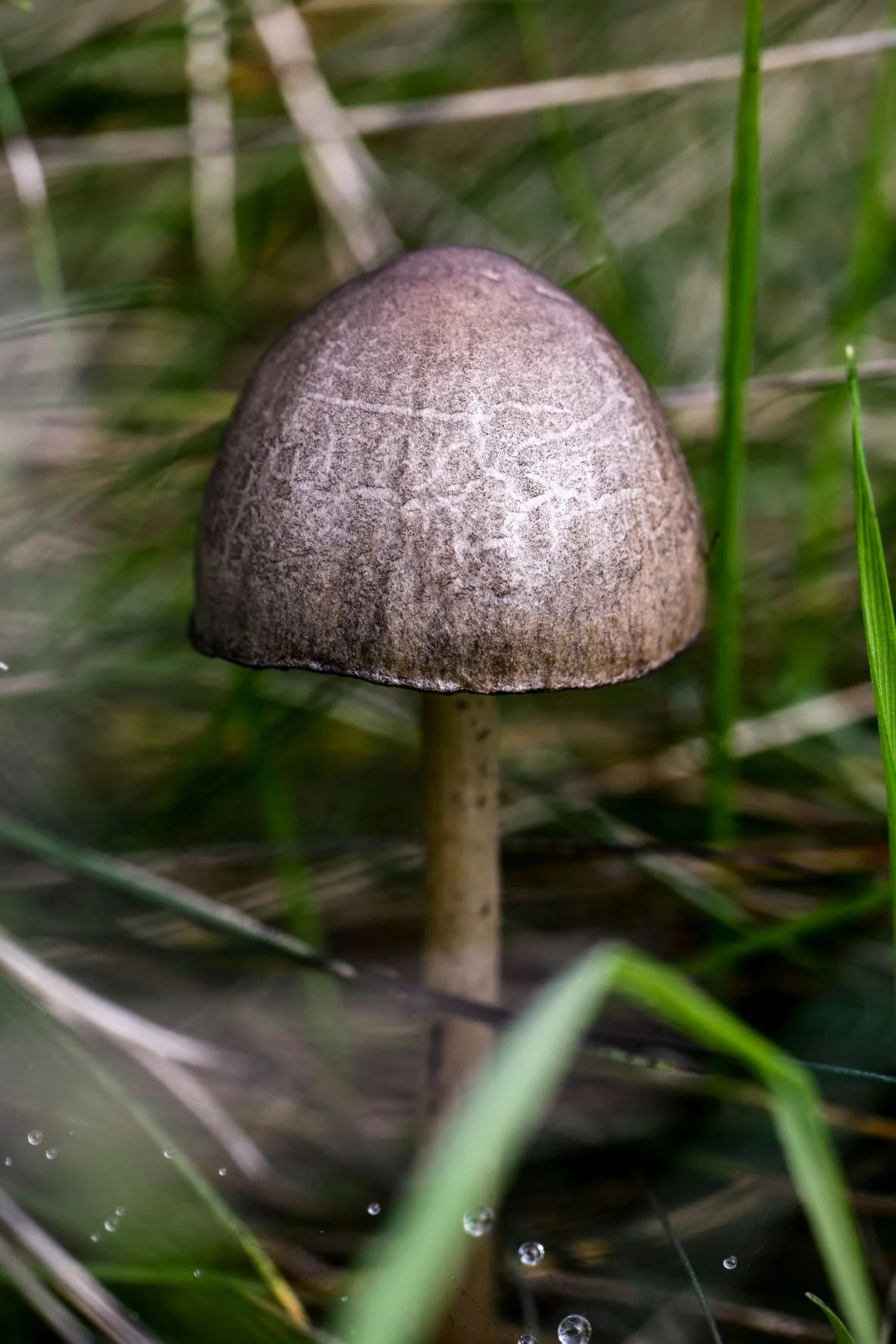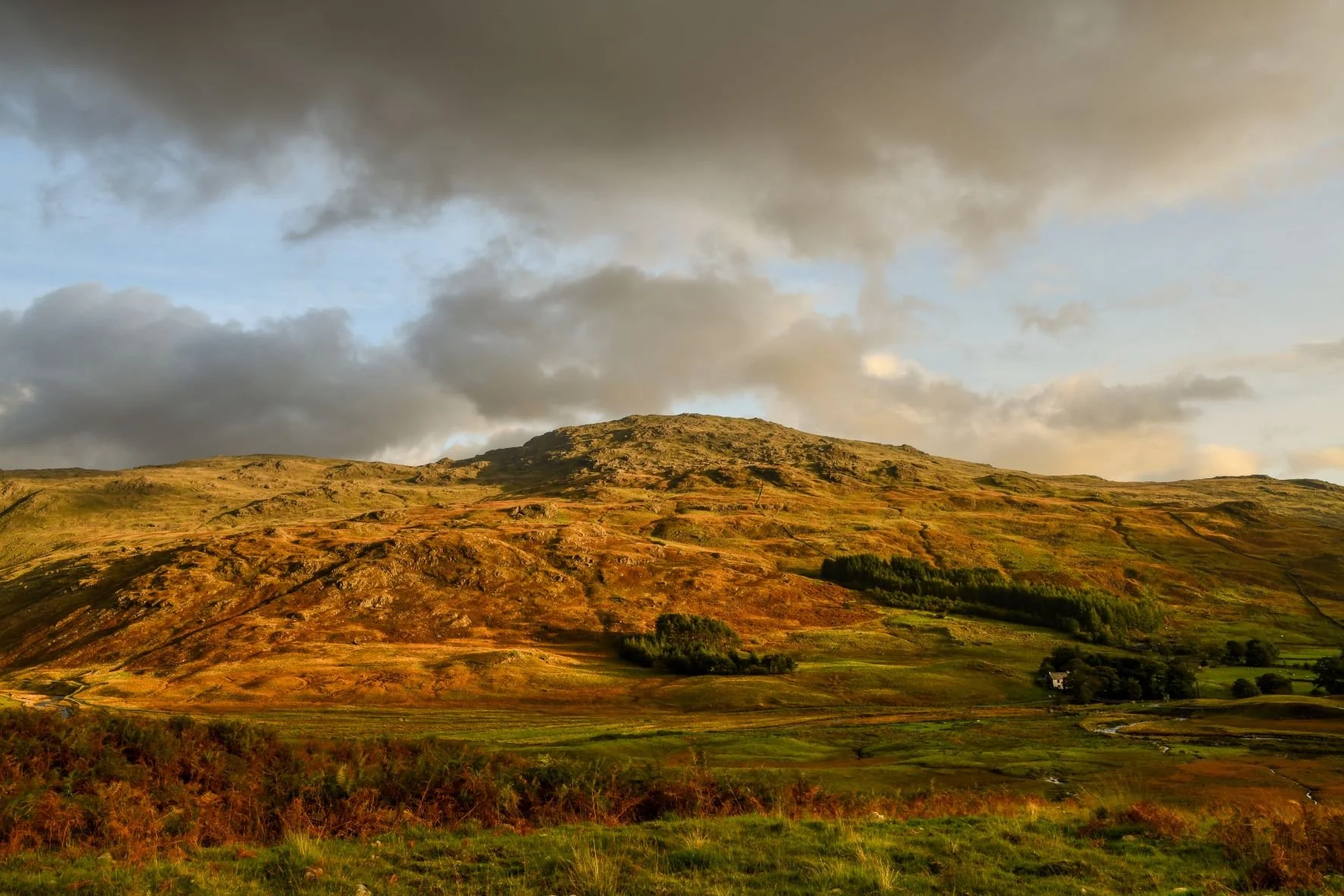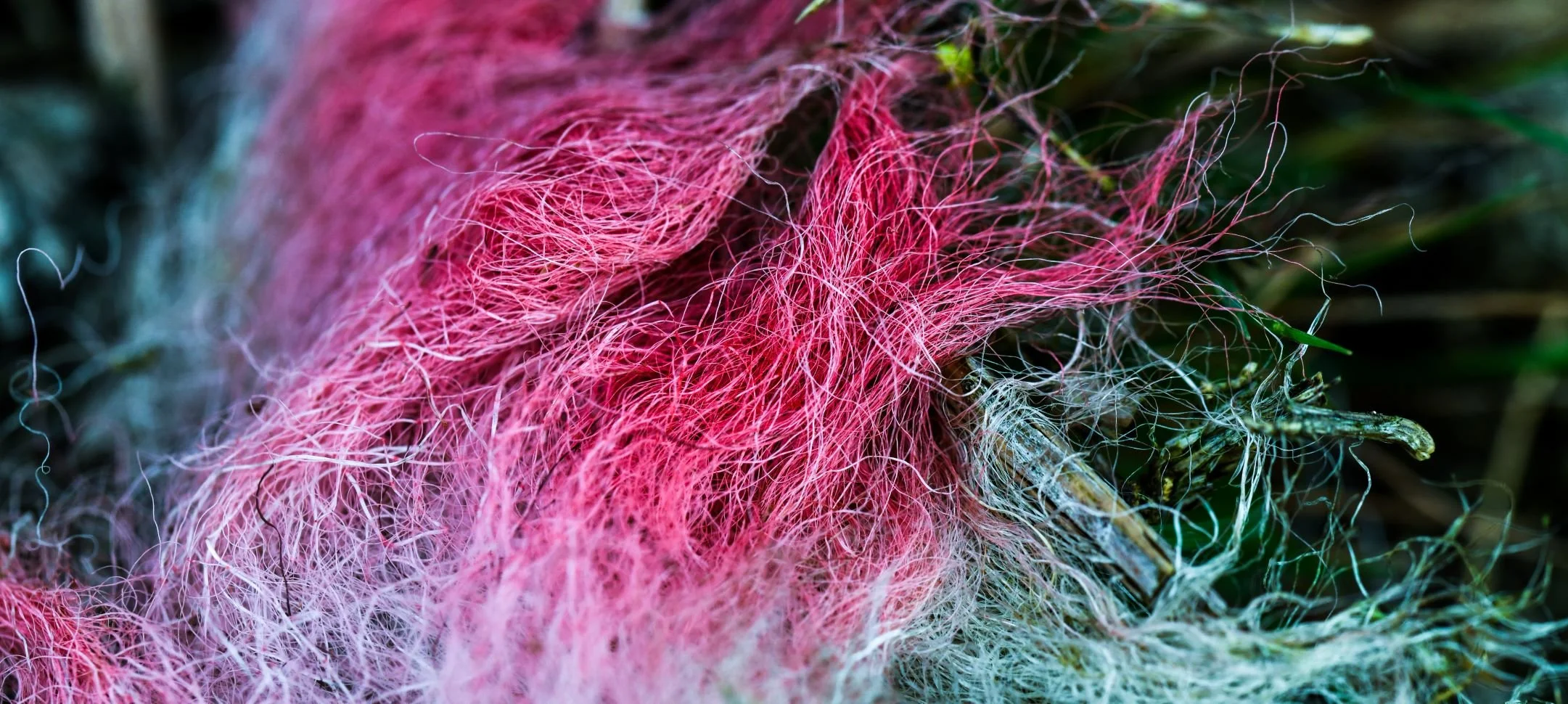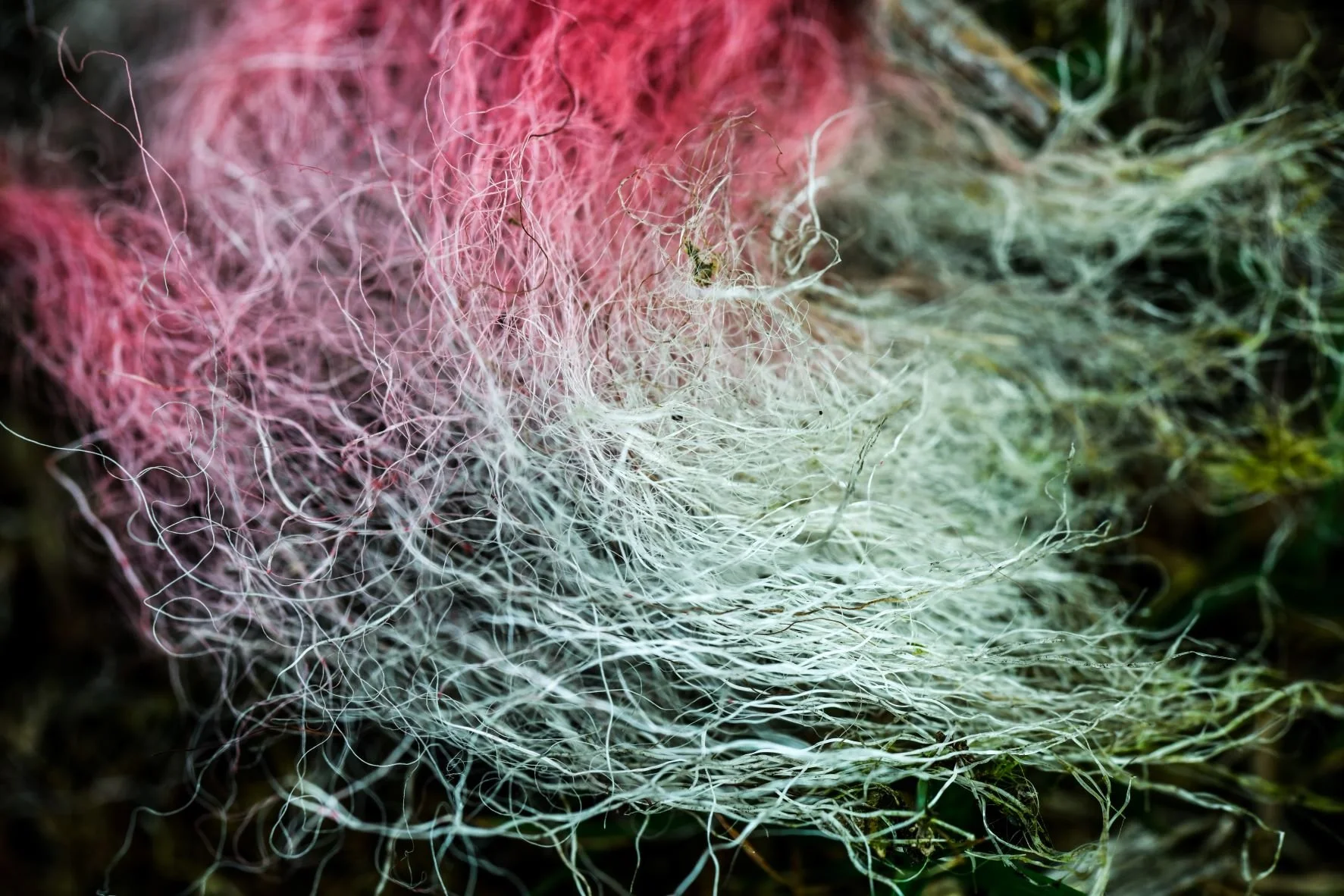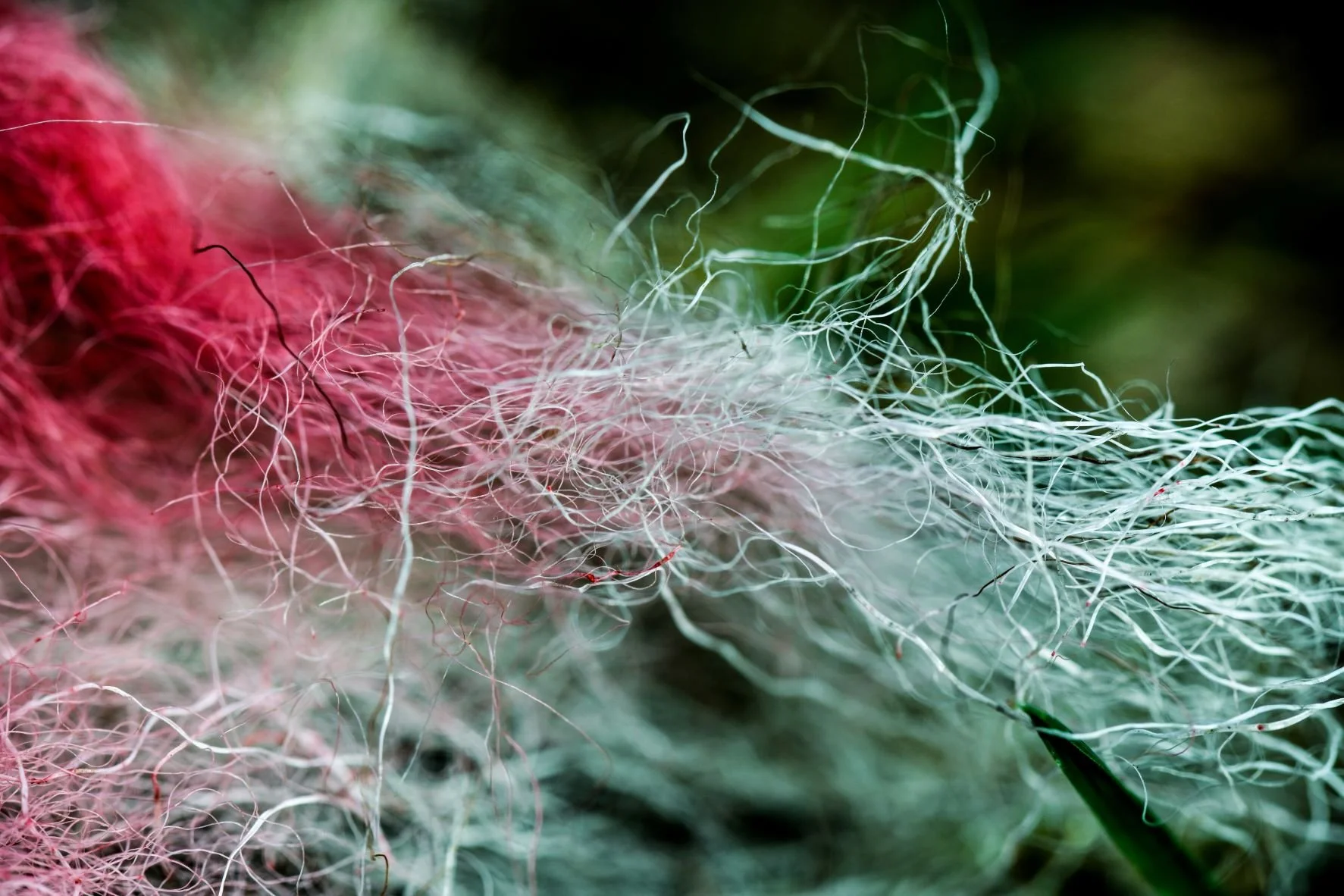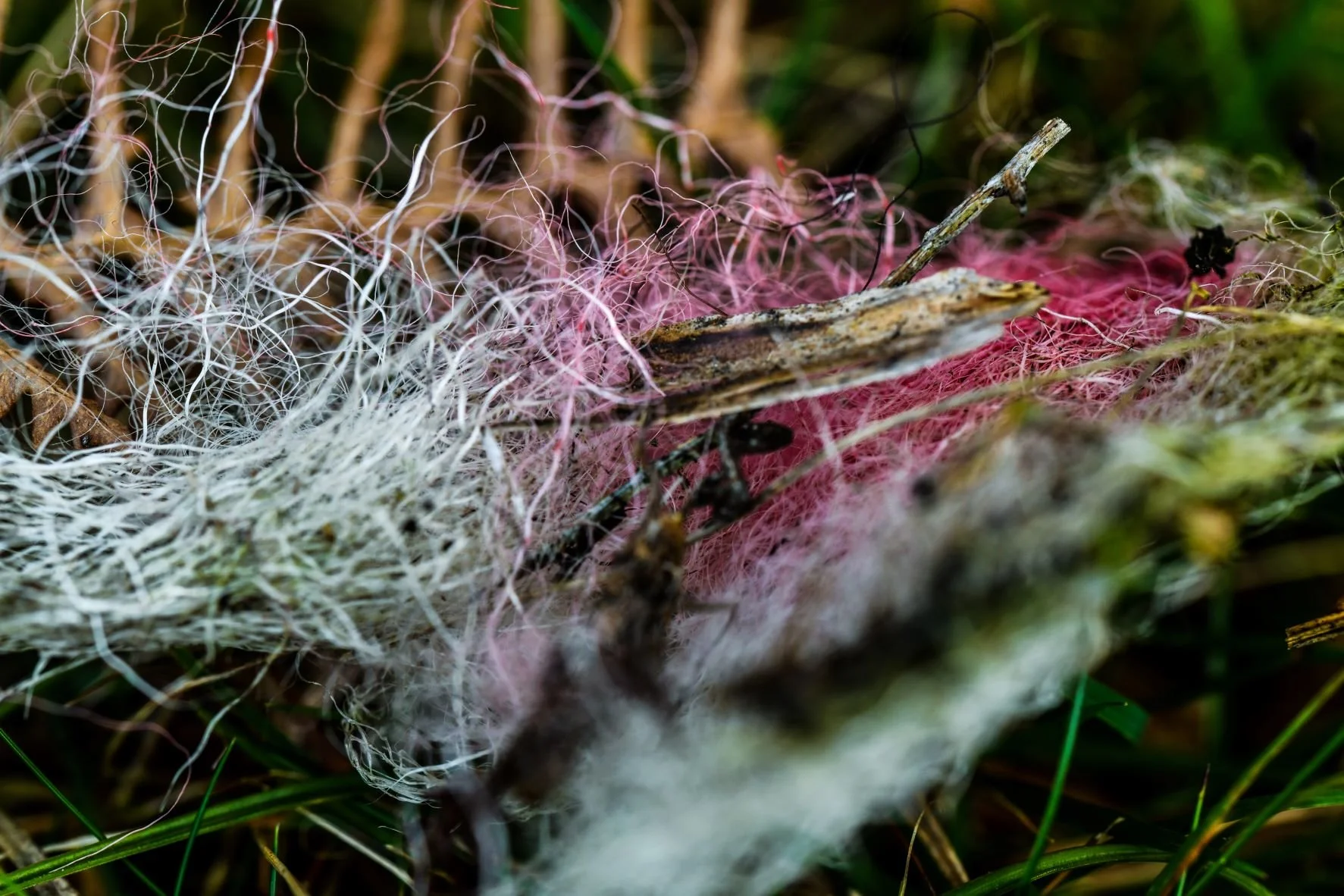An unrequested roaming alert from the Isle of Man (Mosedale)
Aim
To explore (and challenge) the notion of wilderness, and the consequences of how we idealise it. To propose wildness, as a quality of both human and non-human realms, as a more helpful lens through which to conceive of and experience different aspects of the world.
Background
The notion of wilderness, as most commonly understood, is an idealised state of nature, upon which humans are as yet to leave a trace. This experiment encourages you to question the reality, let alone helpfulness, of this notion. For how valid can it remain in a world where humans have, these days beyond doubt, inscribed our influence upon even the weather / atmosphere? Does proposing an untouched state of nature not fundamentally misrepresent our fundamental entanglement with the nonhuman world, and of nature and culture? Are we not as natural as any of the other elements we’d more conventionally describe as nature? And through the process of separating ourselves from the landscape, do we not (by implication) also distance ourselves from taking responsibility for it?
In its place, I propose the importance of the notion of ‘wildness’, understood as a human or natural quality, which exists outwith (or at the very least resists) control. Might we, through greater attentiveness to this quality wherever and however it manifests itself, and through keener appreciation of the both the wilder and more tamed ways in which we participate in the world, be better able to realise the changes in our behaviours and attitudes which the evidence of our environmental impacts necessitates?
This is an experiment about seeking out wild resistance, and exploring its possibilities. This is an experiment in being wild.
I chose this experiment’s location deliberately, for in my own experience, the far reaches of Mosedale are as remote as one can get within the Lake District. Even though you end up actually walking right beneath the summit of Scafell Pike, where you can be fairly sure there will be people on any day of the year, there really is a sense of being away from it all. Yet as some of the images and commentary here illustrate, even in this context the notion of wilderness is a chimera. The aeroplane vapours in the sky. The tub of animal feed. Eroded footpaths. Language. Dykes. Sheep. Everywhere, the impact of humans on the landscape writ large. But this wasn’t to say that I wouldn’t identify many qualities of wildness along the way…
Route instructions
Click on the image above to open an interactive version of the map on Outdoor Active. Otherwise you can download the GPX file of my route here (© OpenStreetMap contributors)
Route: difficult (11.3 miles, 3360 feet of ascent)
Starting point: any of the parking places / laybys just beyond Cockley Beck as the road starts to climb towards Hardknott Pass.
Accessible alternative: the nature of this experiment means that (almost by definition) it’s not accessible. Perhaps the challenge could be to conduct the experiment at the most place accessible by wheelchair?! Right enough, I will need to do some research in order to figure this out…The nearest by Miles Without Stiles route can be found in the beautiful valley of Eskdale, which admittedly can itself (situated beyond the wild barriers of Wrynose and Hardknott passes) have a sense of being slightly away from the madding crowds.
Writing & Art Ideas, & Virtual Alternatives
This experiment is another exercise in ‘noticing’, and ‘questioning’. My own brief when I set out on the walk was to spend the day reflecting upon what we mean by wilderness and wildness (and the difference between them), and making notes and taking photographs which confirmed or complicated these ideas. On this occasion I don’t want to make the brief much more specific than that. I’ve provided examples below of where I took this in my own writing and photography, but it might be worth setting out to do the experiment in this case before looking!
In order to complete the exercise virtually, use any of my poems or slideshows in this experiment as your starting point. Make sure when you do so that your writing / art extends the original rather than just replicating it in another form.
During any of the above experiments, reflect on how you are writing or art-making, and how this relates to notions of wildness and tameness (as well as focussing on what you’re writing about). I noticed in the original draft of my poem that it was taking a very regular structure, and had a very familiar poetic appearance on the page. What’s more, the anaphoric structure (repetition) also served to bring the material under control…I ask myself now: why did you feel the need to do this? And I encourage you to ask similar questions of yourself if you notice your work tending towards ‘tameness’!

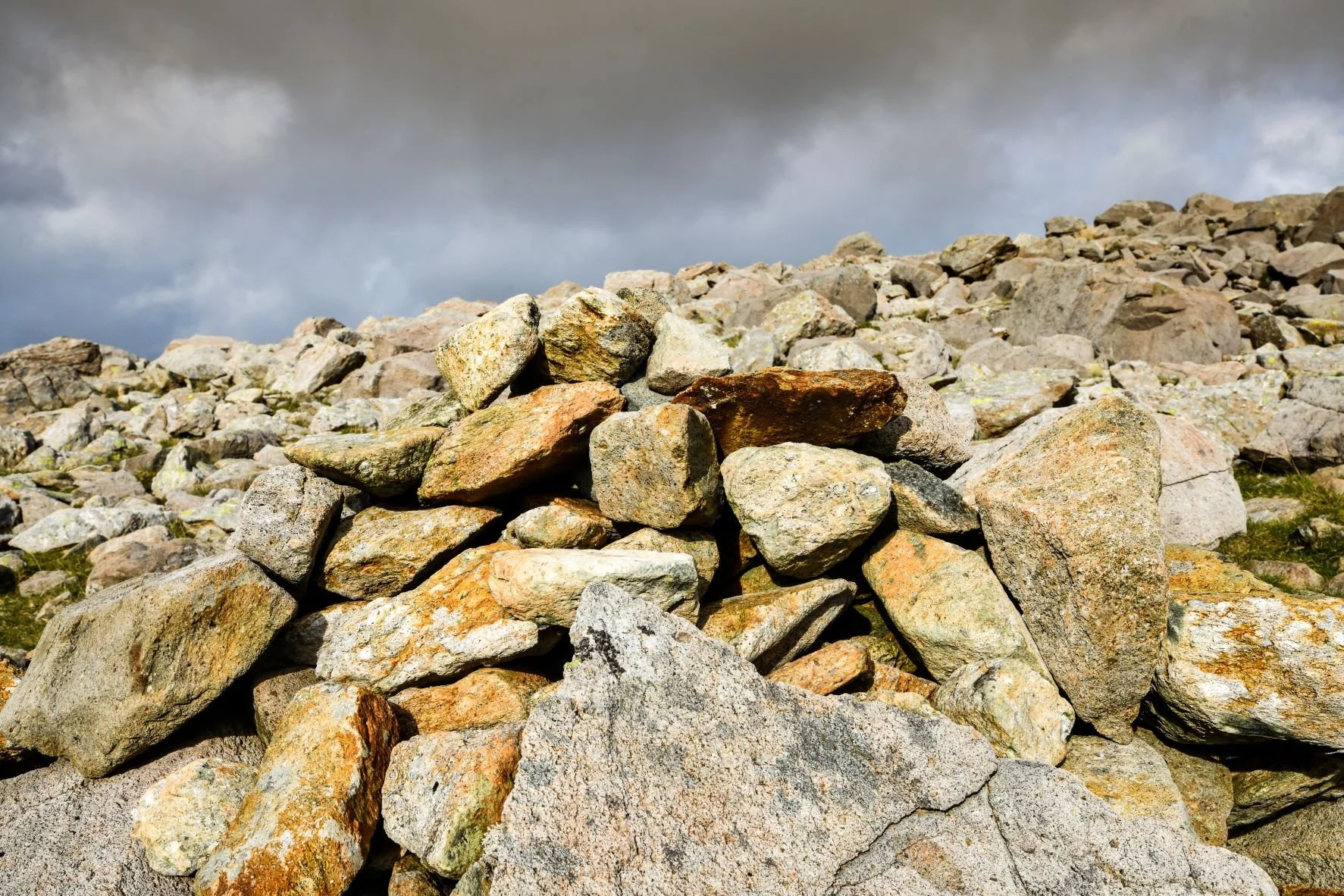
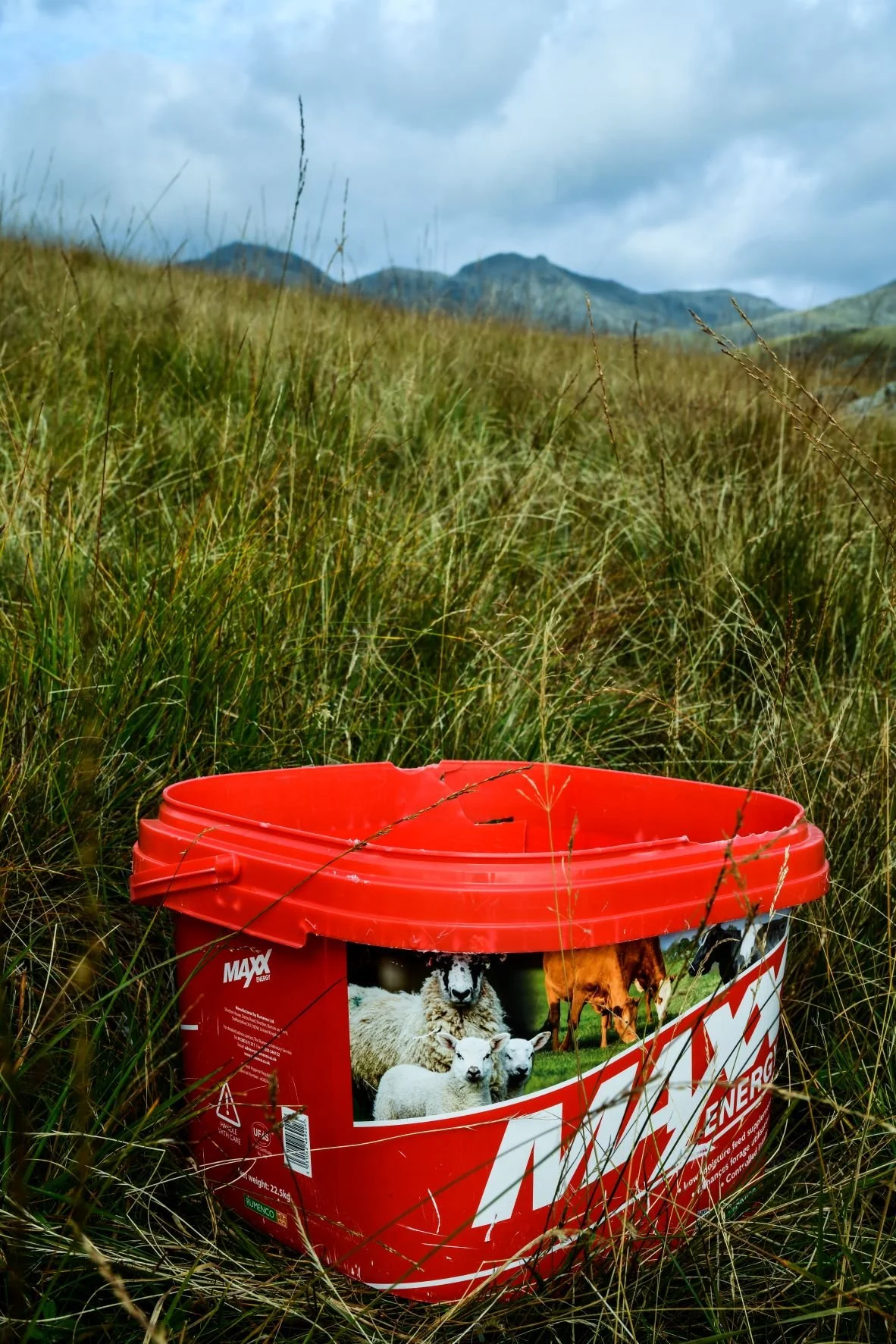
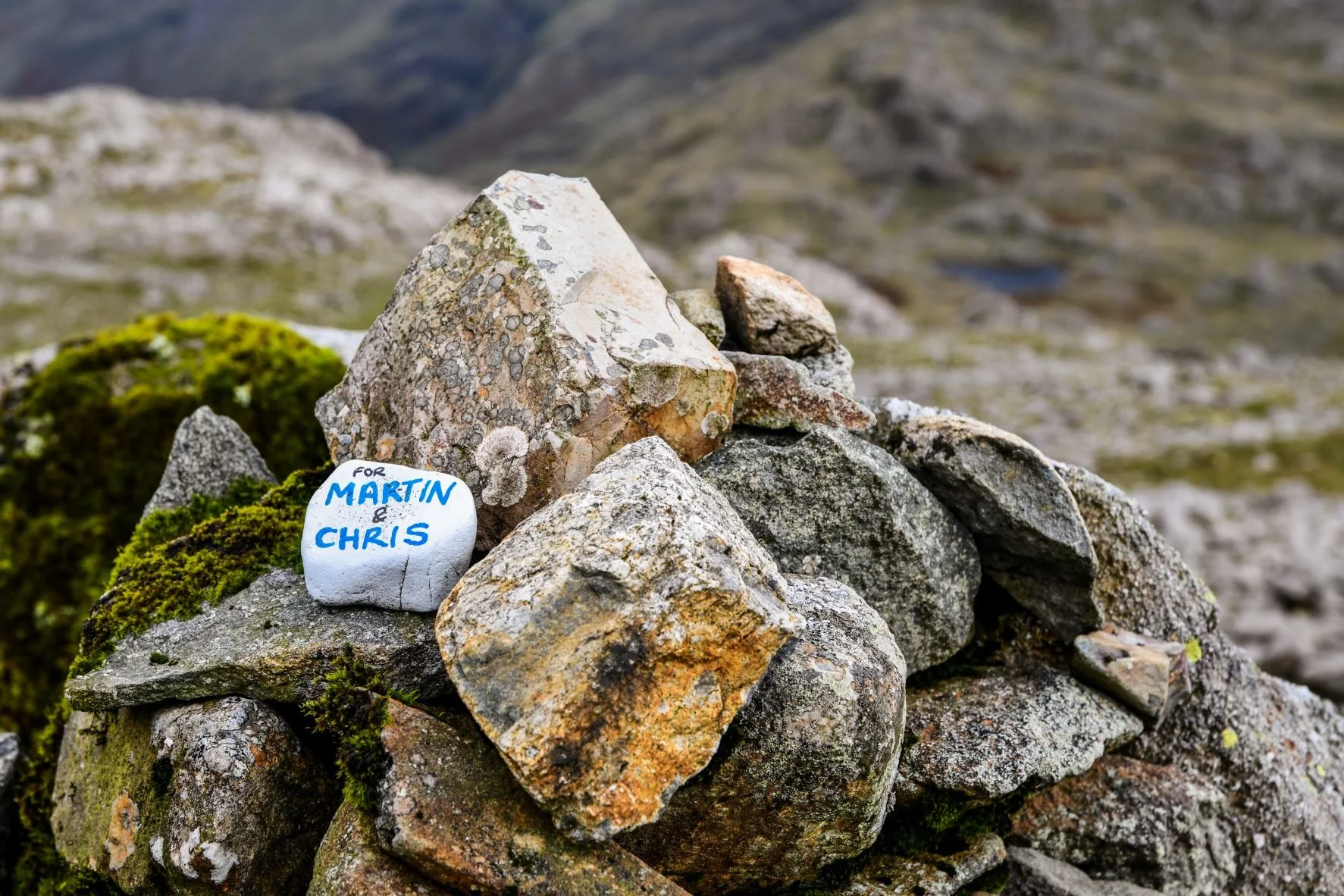

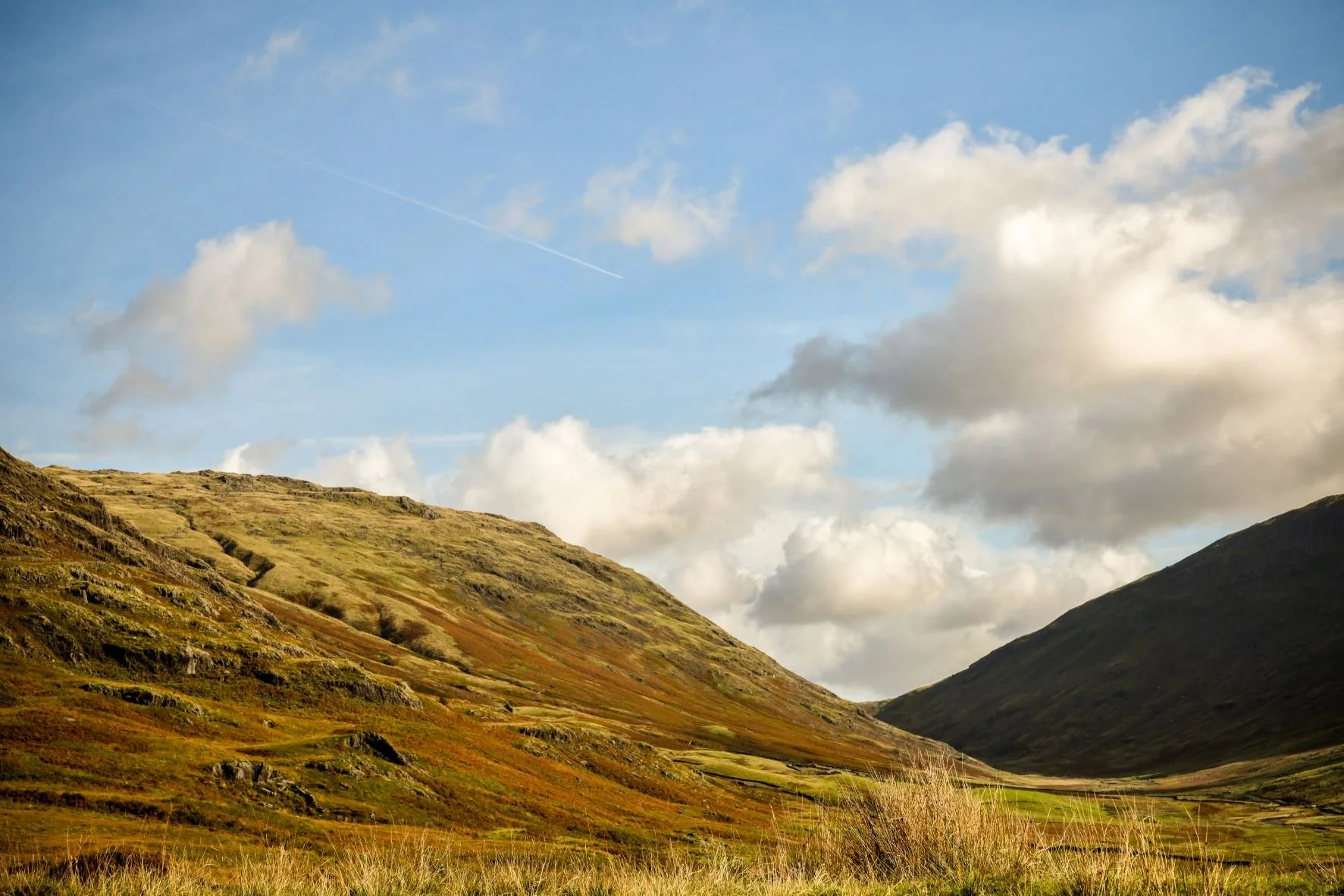

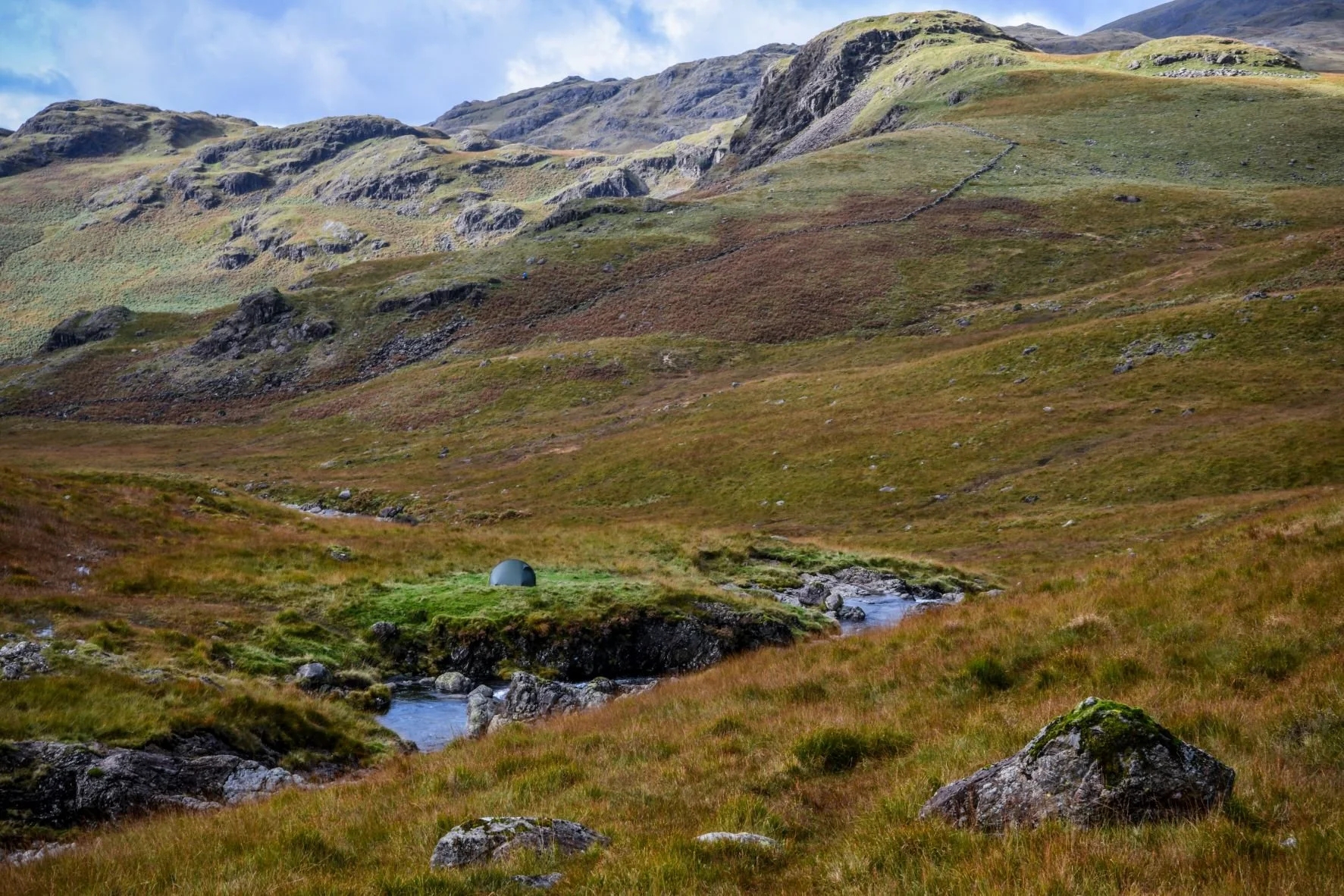
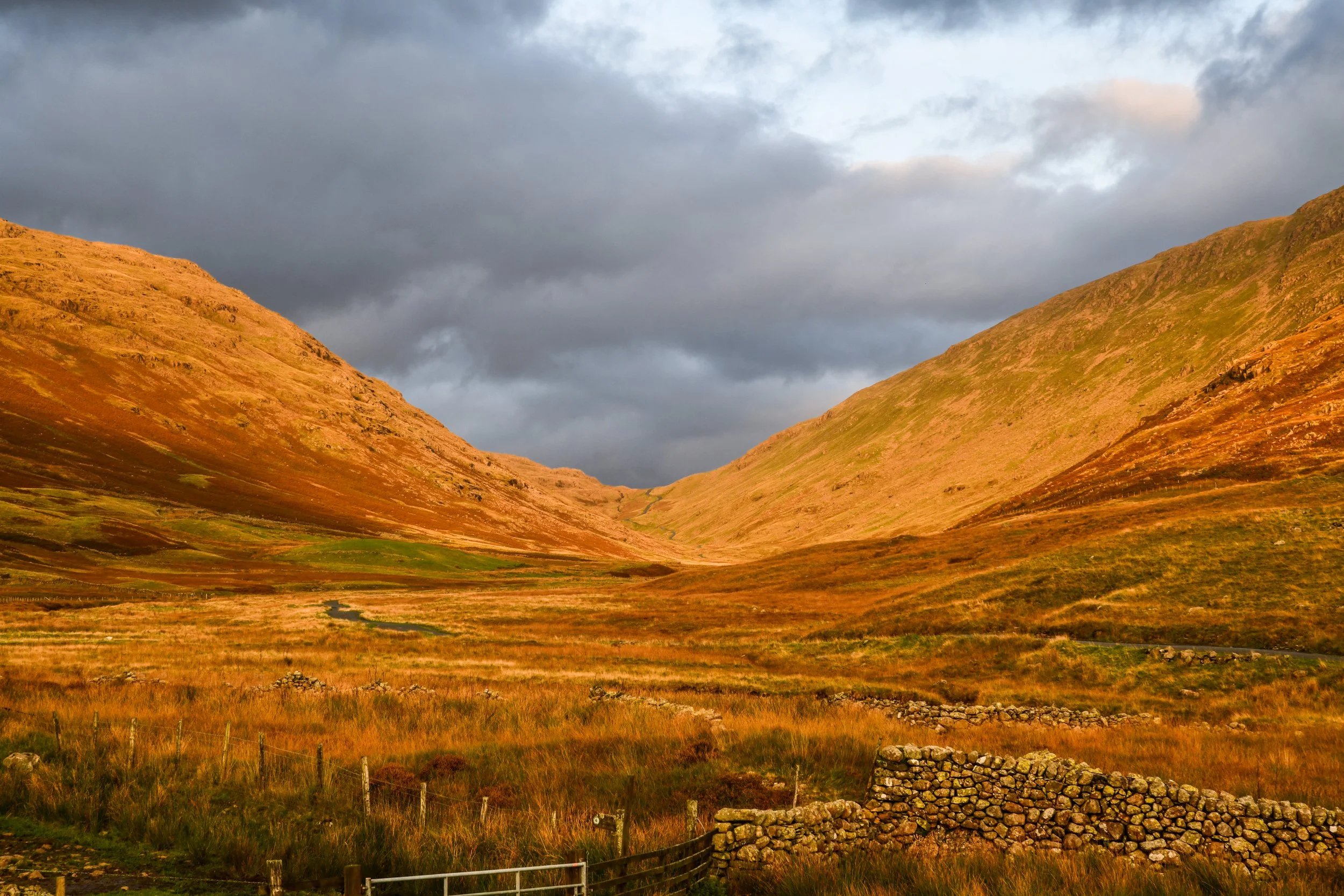
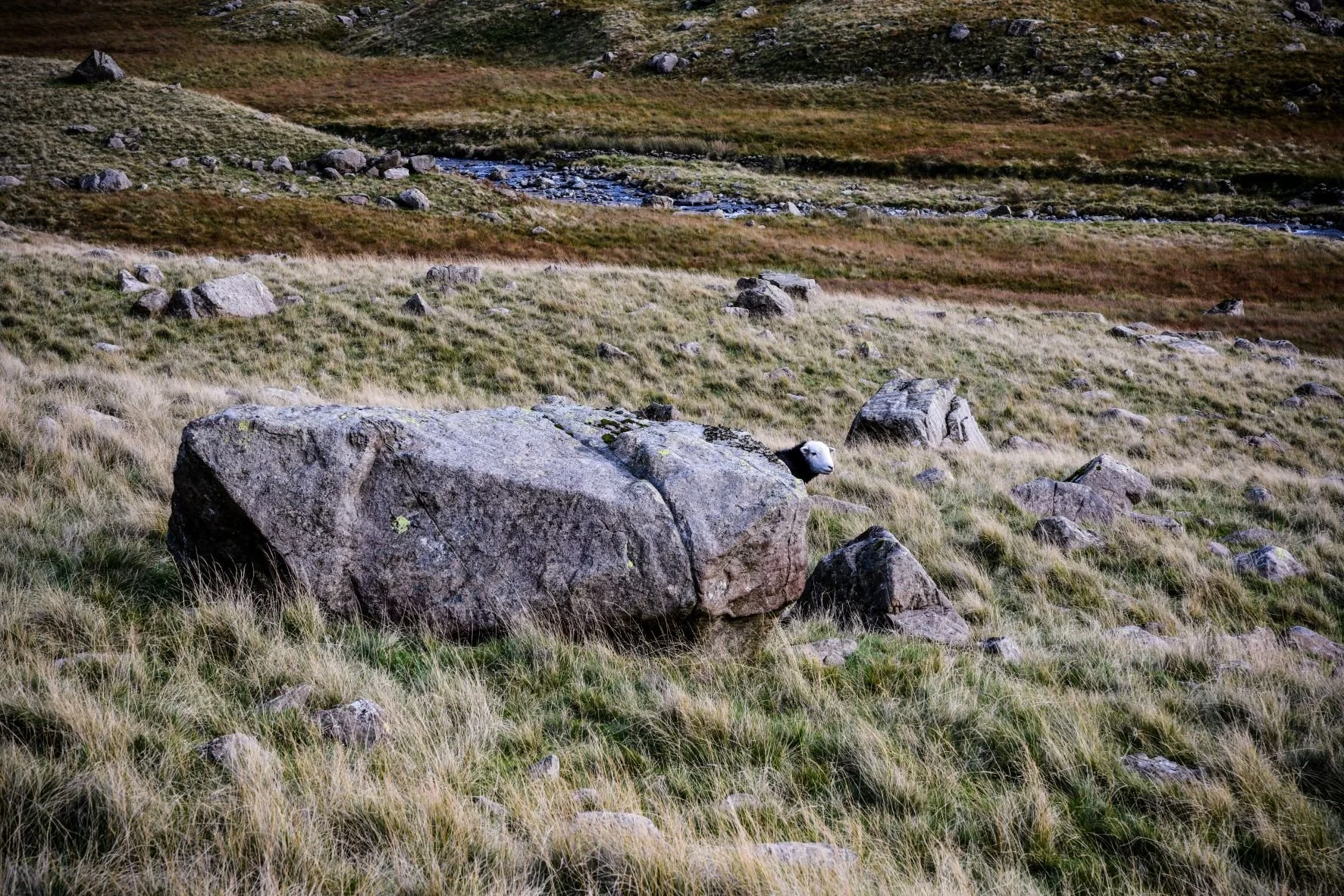
Route adaptation for walk-from-home
In order to adapt this route for your walk-from-home, you will need to spend some time thinking about where - nearby - you would consider as being the closest equivalent to ‘wilderness’ within walking distance of your house. When I lived in inner Salford, I’d probably have chosen Kersal Wetlands, for example…and when I used to go running around there I certainly saw plenty of wildness (of all kinds!)
My poetry
An unrequested roaming alert from the Isle of Man
There’s a certain wildness to an unrequested alert of roaming from the Isle of Man. A certain quality of wildness in a skeleton of upstream holly leaf against the background flow of stream and the low gear drone of motorbikes on Hardknott Pass. There’s a wildness to the way we describe the distant sky as herringbone. I conceive of vapour trails of mountains and a saltire crucifix of aeroplanes going – always – elsewhere. Further. Far away. There’s a quantity of wildness in the current price of fuel and how, this year, there will always be a barking dog there, somewhere. A drainage channel cut into the path. There are worlds of words of wildness of whose meaning I’m not quite sure. Like culvert, phillimander, preternatural. The google definition of a word existing somewhere in-
between a miracle and its opposite - mundane. My memory remains untamed.
There’s a wildness in the outer reaches of imagination. An unexpected, unconfirming truth. There’s a wildness in how I look upon a fell and realise (disappointed) that I do not know its name. There’s a wild quality to water. There’s wildness in a red tub of Energy Maxx. A low moisture feed supplement enhancing forage utilization. One sheep, two lambs, three different breeds of cow. There’s a wildness to technology. Dry feet through bogs, and the out-of-landscape colours of modern kit. There’s a wild uncertainty to the half life of footprints in different densities in mud. Two cars in the car park yet I’m yet to see a soul. There’s a wildness to our supposed grip of weather. Change. There’s my wild sense of disappointment at seeing a human on the ridge ahead. Three green tents beside the river. Wild camping. The red berries on the mountain ash are a vulgar shade of red, I think. The enforced sex of a dyed red shred of wool.
There’s a suspicion of wildness in being out of service all day long. I ponder on the meaning of mountains and the purpose of drystone dykes up cliff sides. An eroded path beside the waterfall. The unseen crowds upon the summit of Scafell Pike. There’s a certain wildness in a landscape eaten back to bones. The acceleration of a river’s outer bend. There’s a wildness to those places that I don’t remember but I know I’ve been before. The wild tracking of my line upon the landscape. My wildness is being monitored by GPS positioning and satellites and how I know you might yet follow in my trail. There’s a wild difference between the meanings of loneliness. How I’m in the fells specifically to be alone. There’s no translation for erosion nor my vague suspicion of the nervous fells. Just wild reminders. A mountain biker and a non-white hiker and my self-conscious lack of achievement at the summit cairn. Emergency calls only. 4G. Welcome to the Isle of Man.
And the wildest thing of all? For the barest moment there I wondered if the world had ended. And here I was. One fragment of fallen detritus: of the fells. I was more than probably not alone. Four wild humans at the summit talking time-sheets. A woman huddling in a volcanic cupcake case of rock.
My photography part 1 - wild light
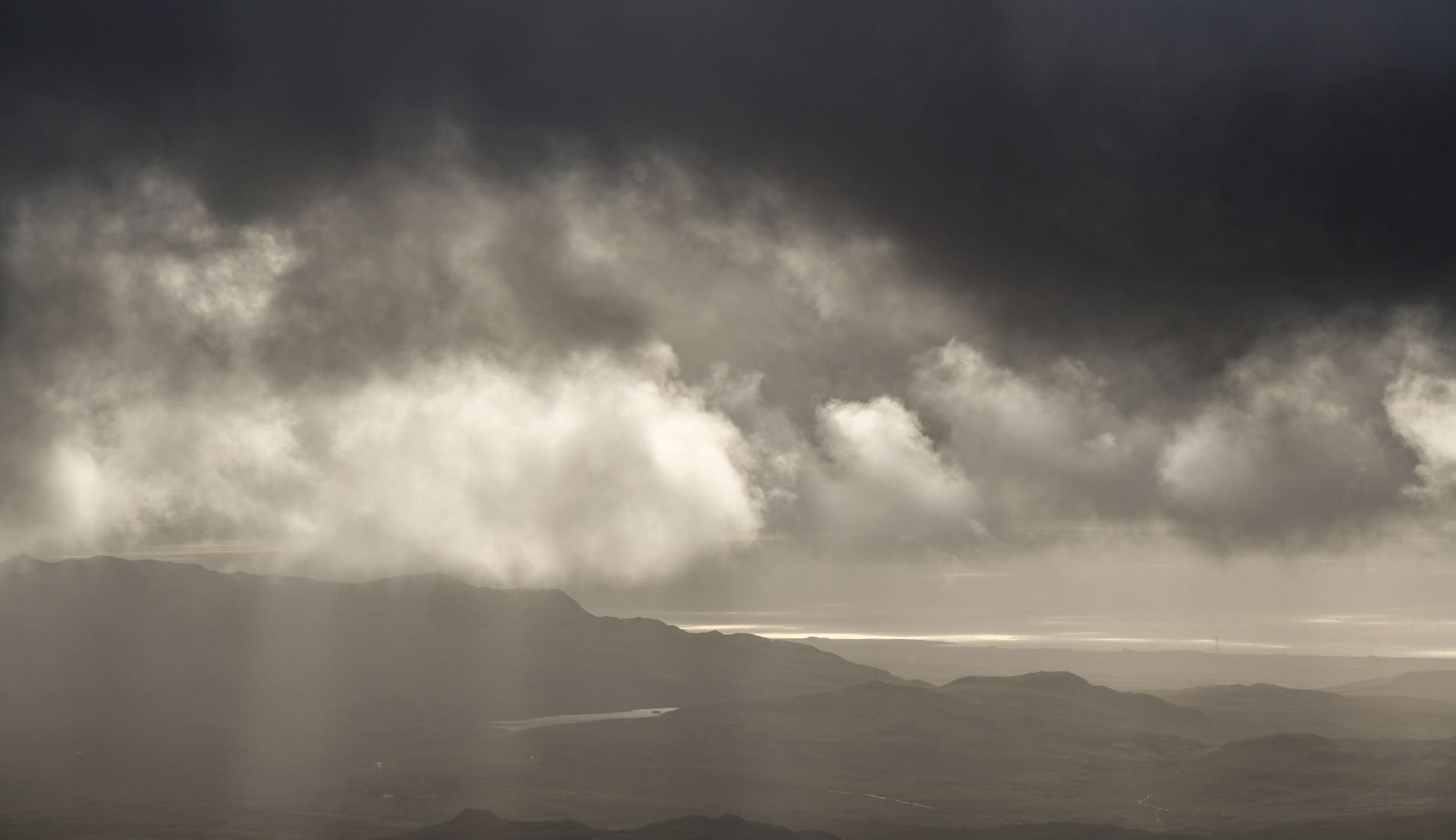
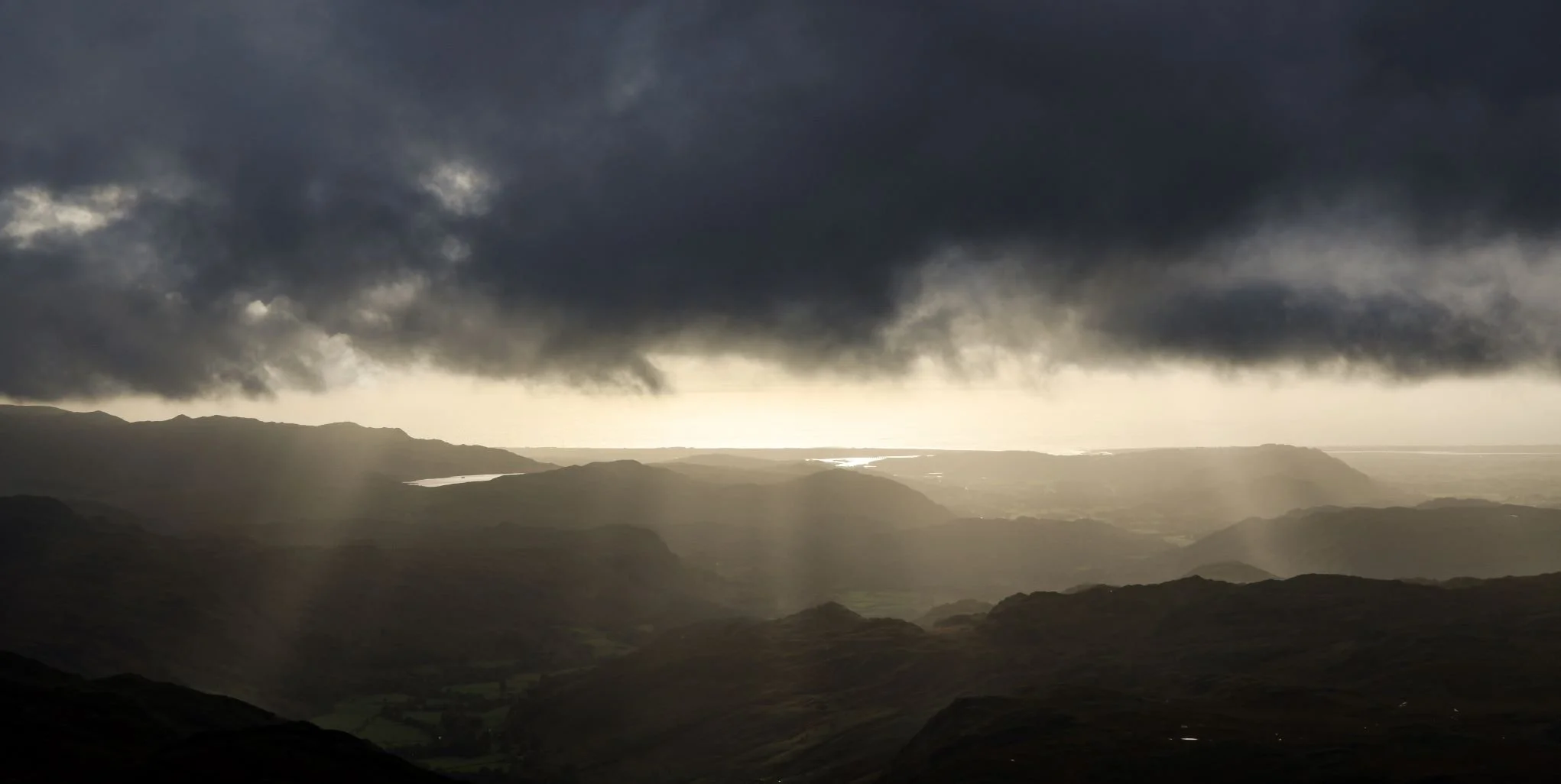


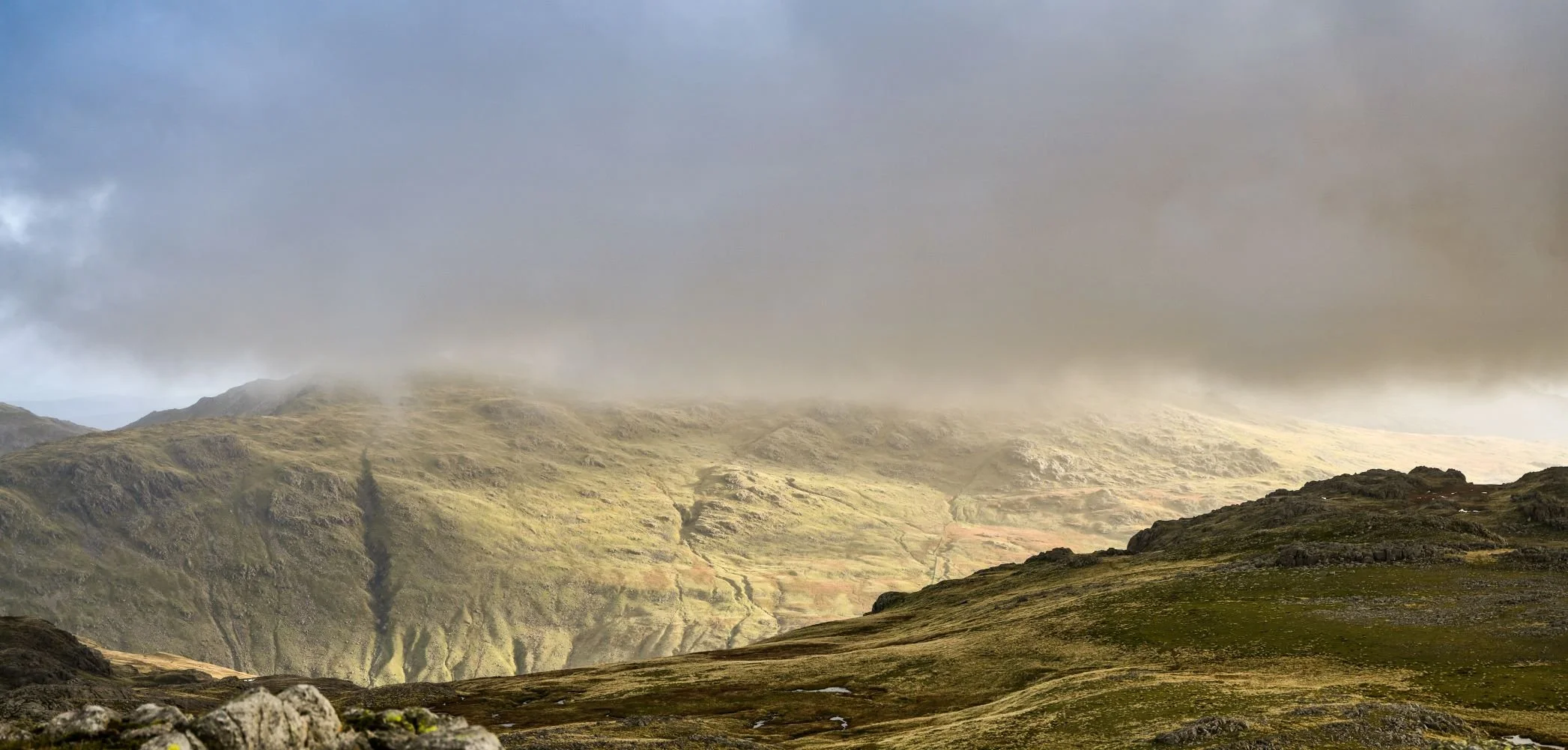
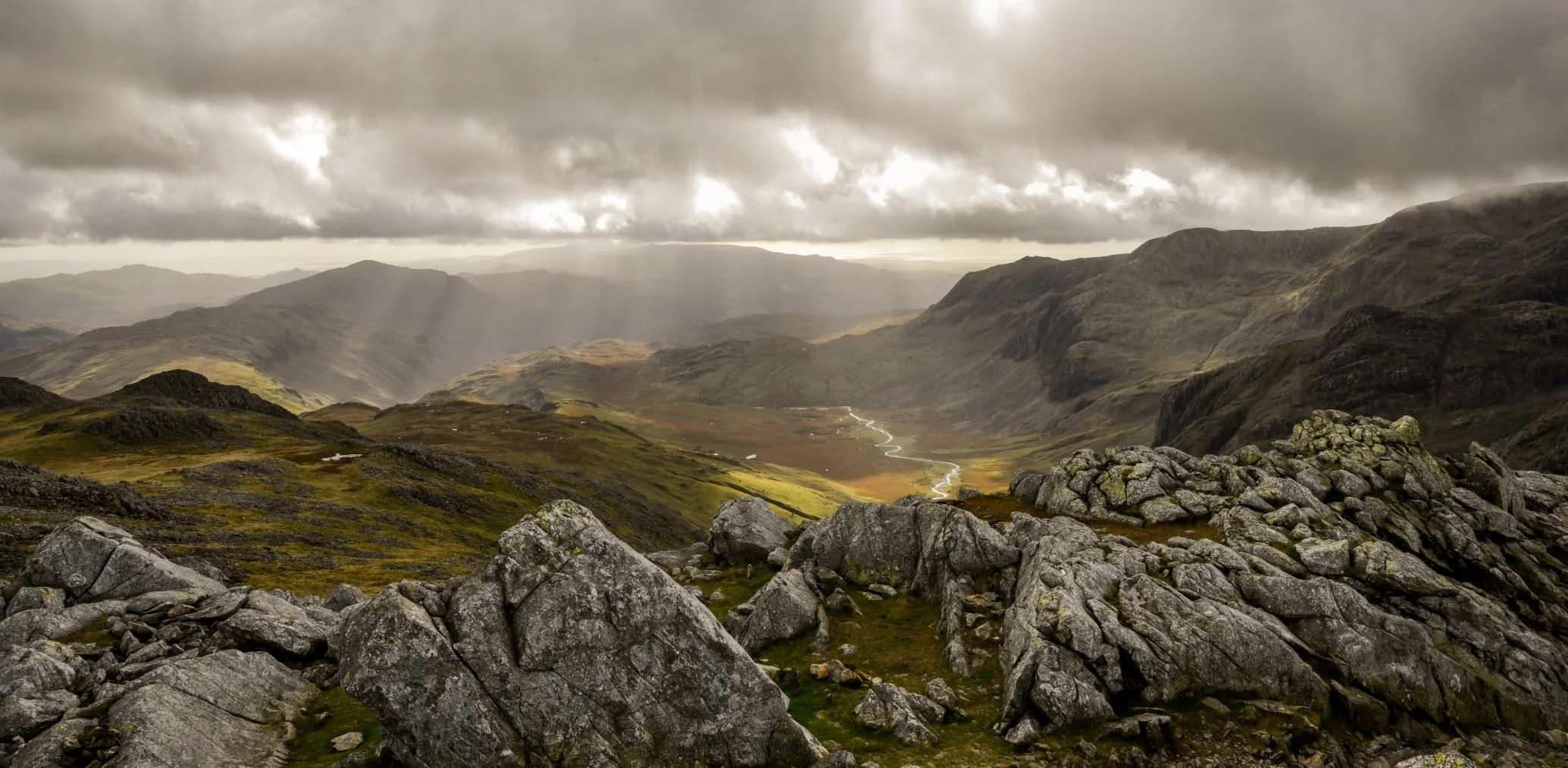
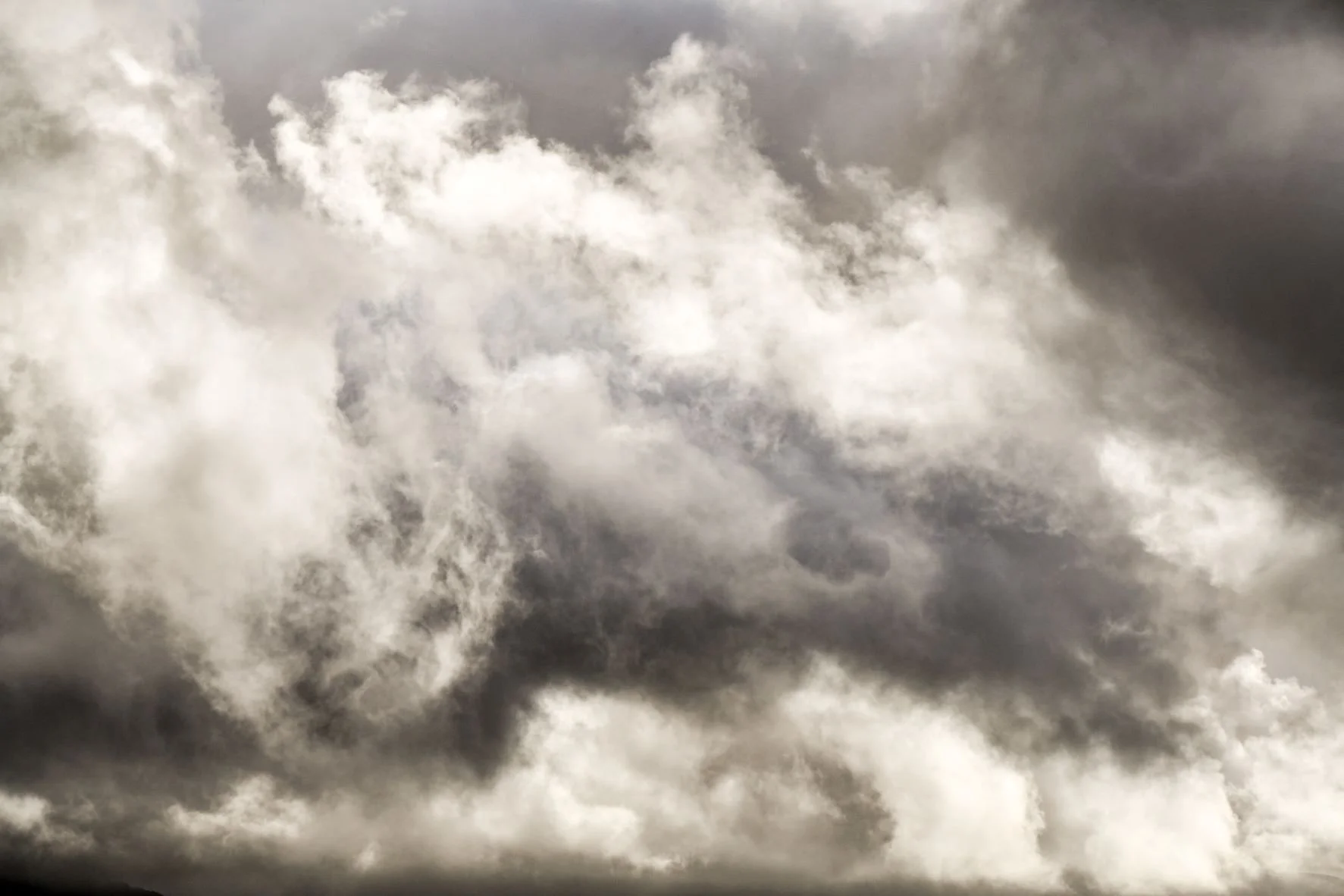
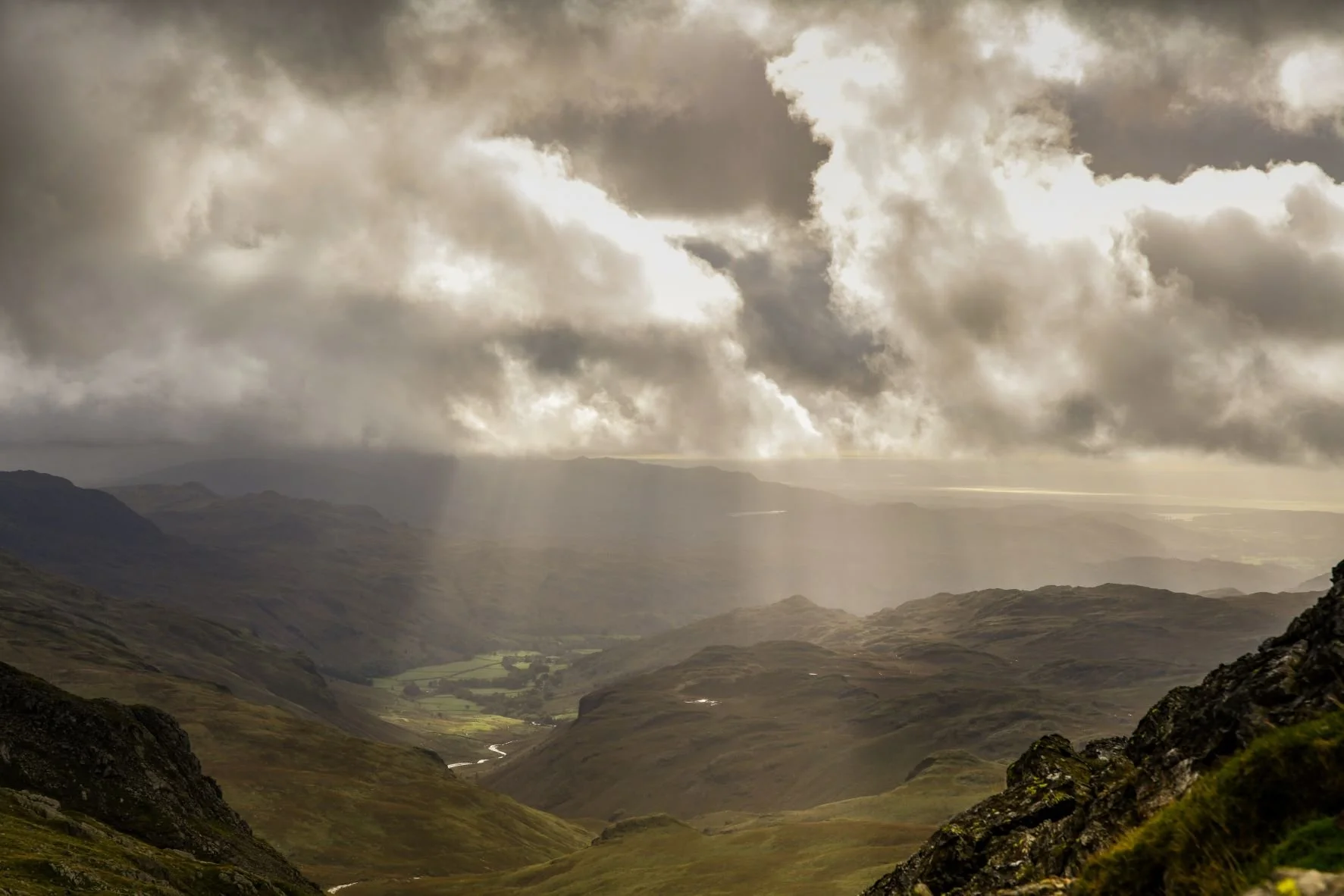

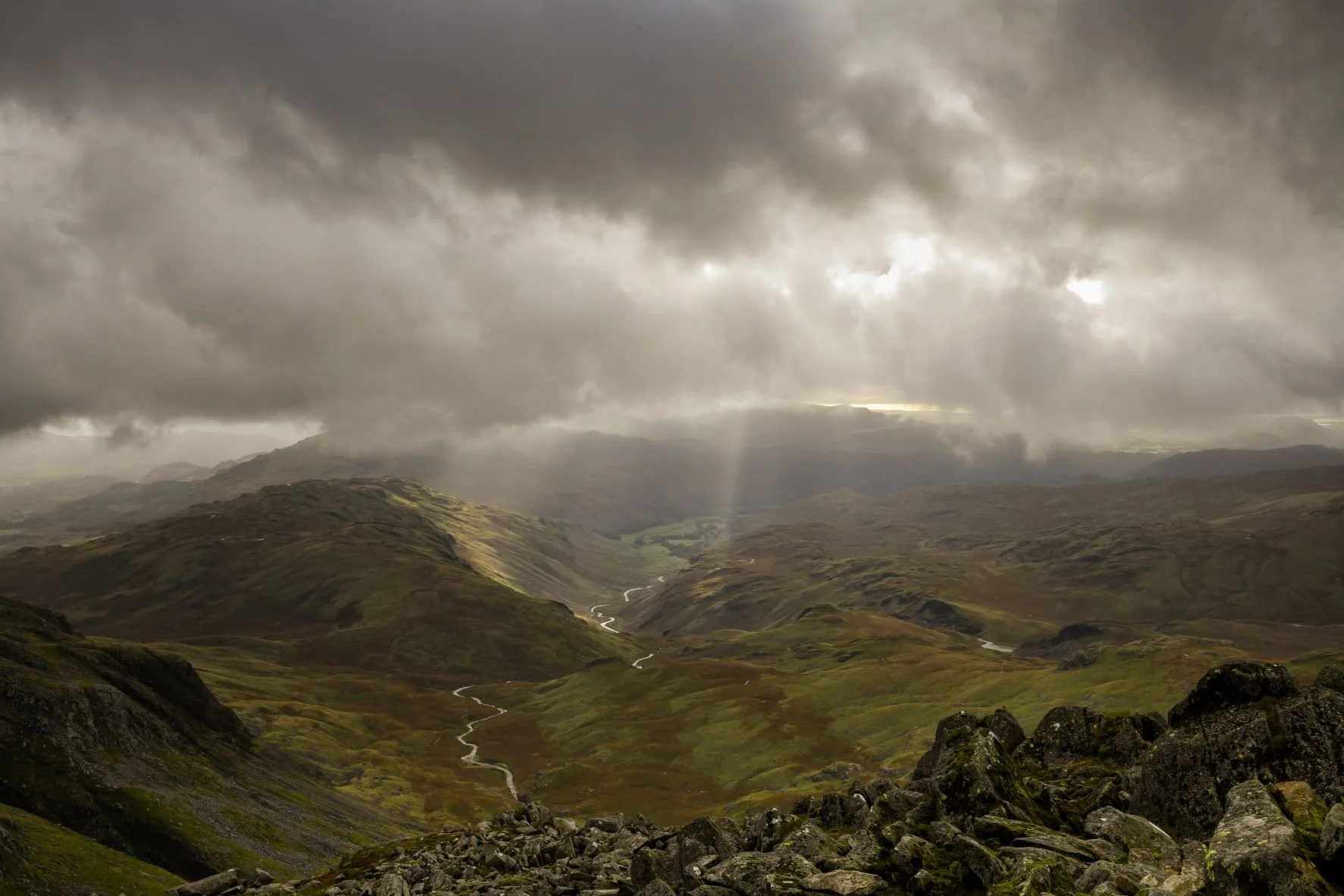
My photography part 2 - Smit-ten
Smit marks is the term used to describe the coloured markings on Herdwick Sheep, passed from the chest of the ram onto sheep during breeding season.
(Please click on the below images to open the full-scale image and to click through a slideshow).
